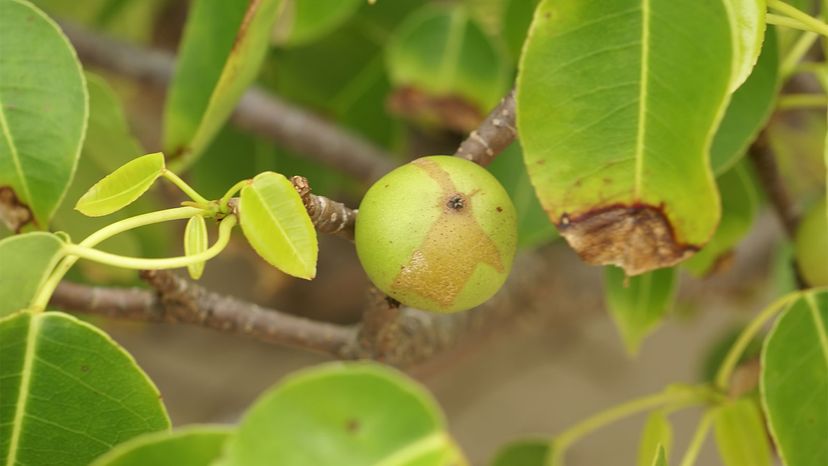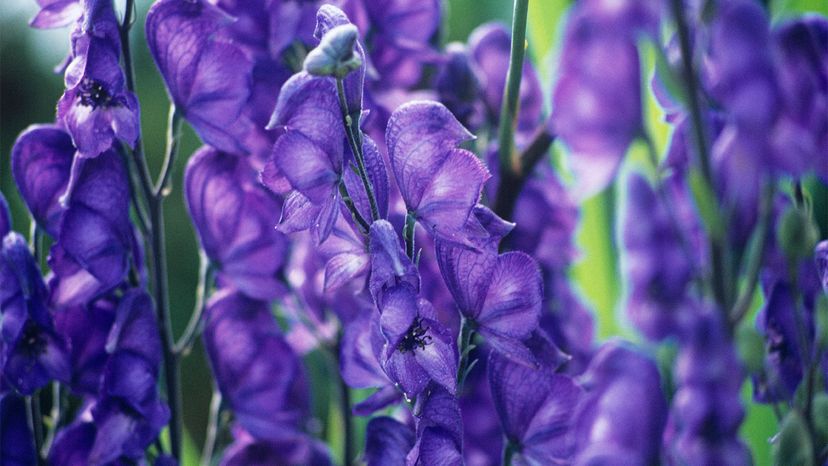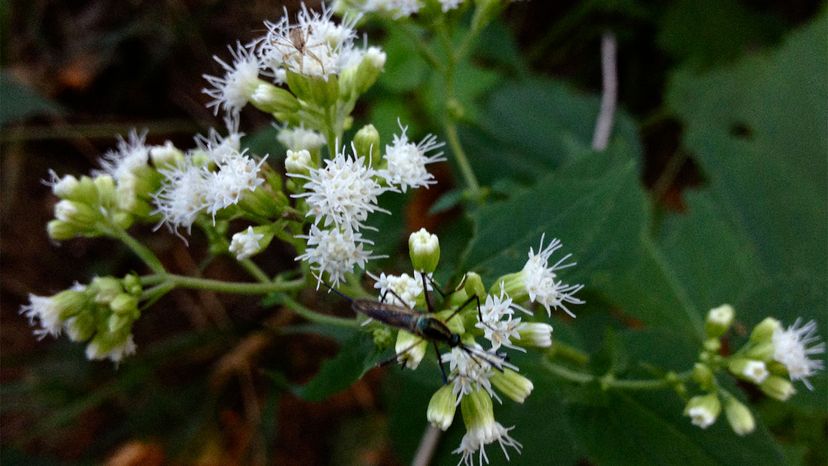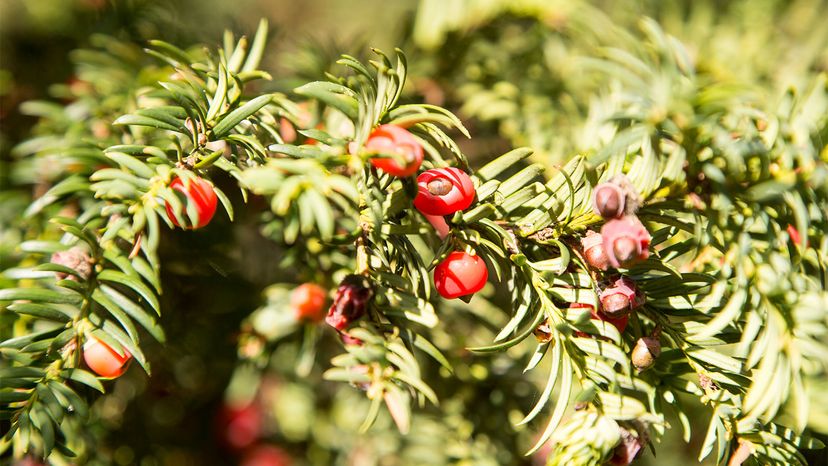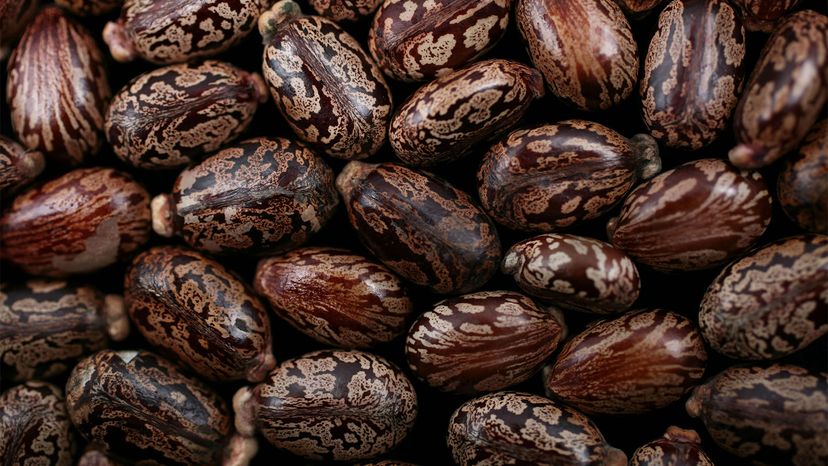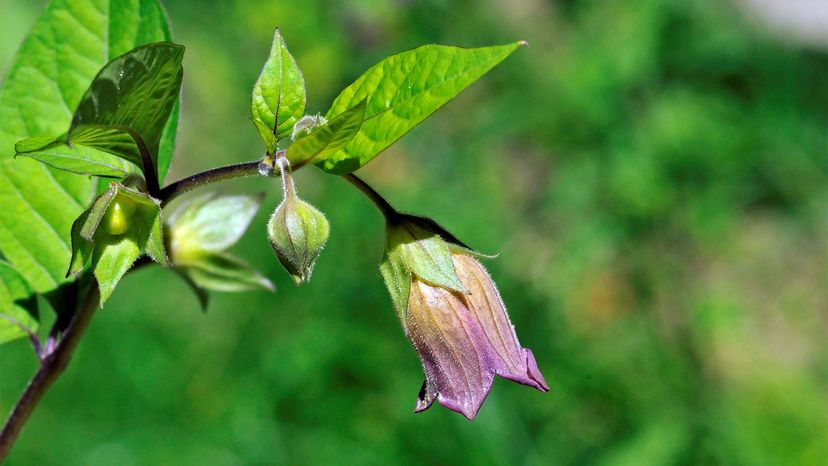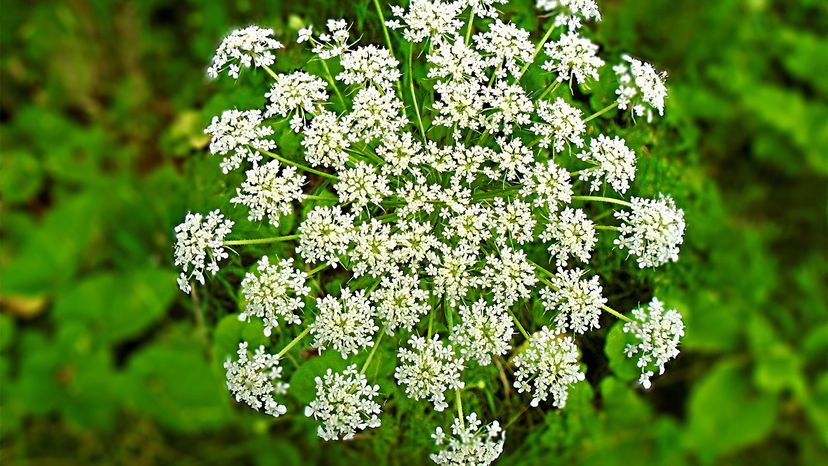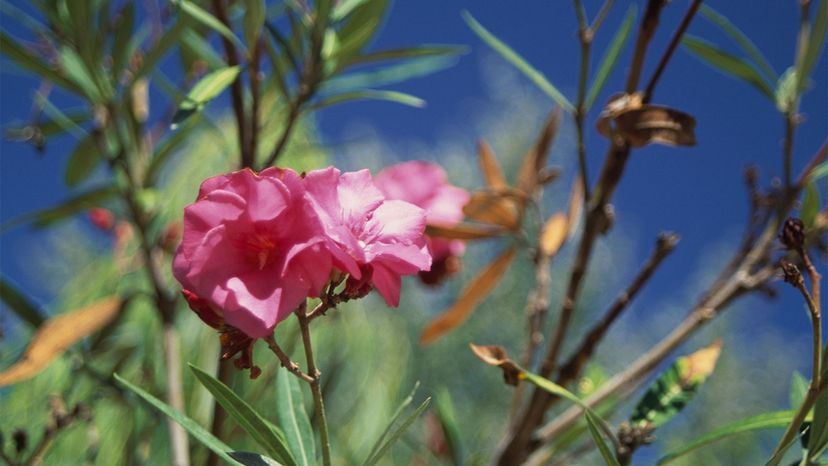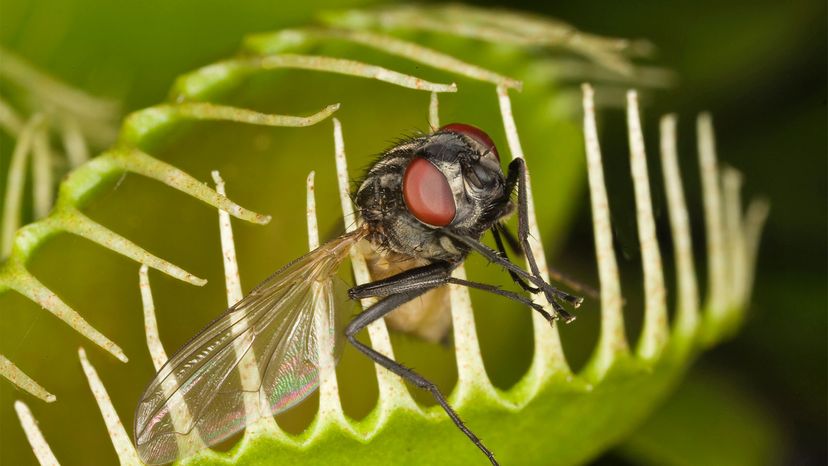
In the mid-1800s, the story of a man-eating tree captured widespread attention. In a report he wrote for the South Australian Register, Carl Liche, a German explorer, claimed that while exploring Madagascar, he'd witnessed a woman climb the trunk of a large plant and drink its nectar. When the plant sensed her presence, it captured her with its tentacles and pulled her into its body.
One hundred years later, a 1950s science writer debunked the legend, asserting that not only was there no such tree, but that no one by name of Carl Liche had ever explored Madagascar.
Advertisement
While a tentacle-wielding, man-consuming tree may not exist, a scaled-down version of such a plant does. The man-eating tree of Madagascar may have been an exaggeration of the pitcher plants that grow in Madagascar, Indonesia, Australia, Malaysia and other hot and humid, low-lying areas. The largest of the pitcher plants is known as Nepenthes, and this plant does capture small vermin and lizards in its pitchers (or cupped leaves).
The pitcher plant creates a substance that coats the inside of its pitchers. This substance mixes with water that the plant draws up through its roots. Insects and, on occasion, small animals are attracted to the scented water. When they come to drink, they fall into the pitcher, are unable to escape, and the plant draws nutrients from the captured prey.
While you certainly won't fall prey to the pitchers of the Nepenthes — they're entirely too small to hold a human — you could easily fall prey to the sickness some plants induce. In fact, the following 10 could actually kill you.
